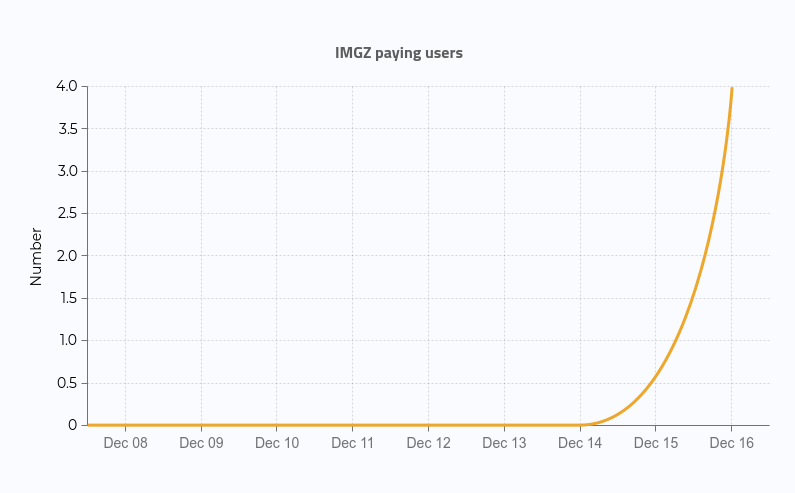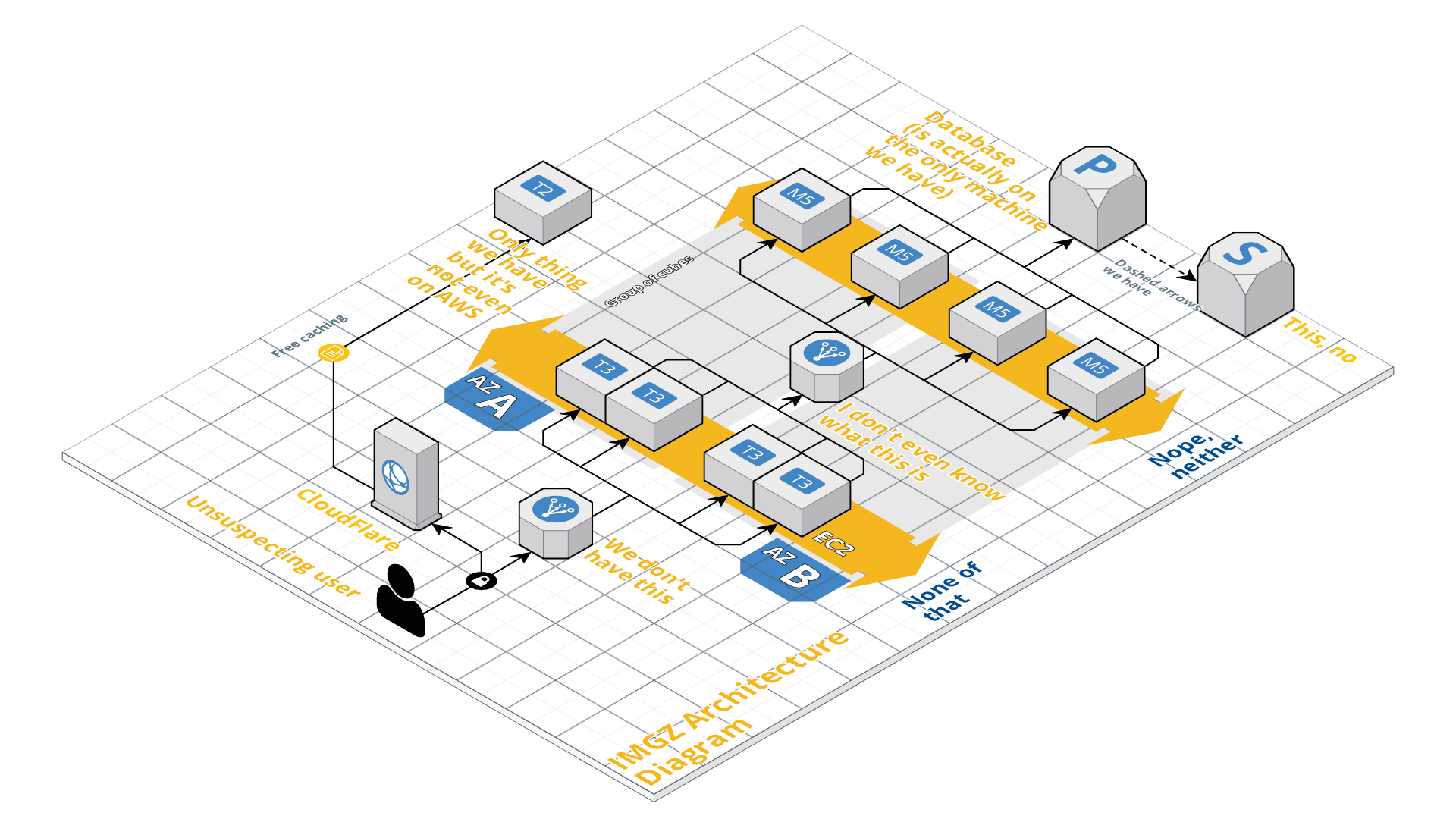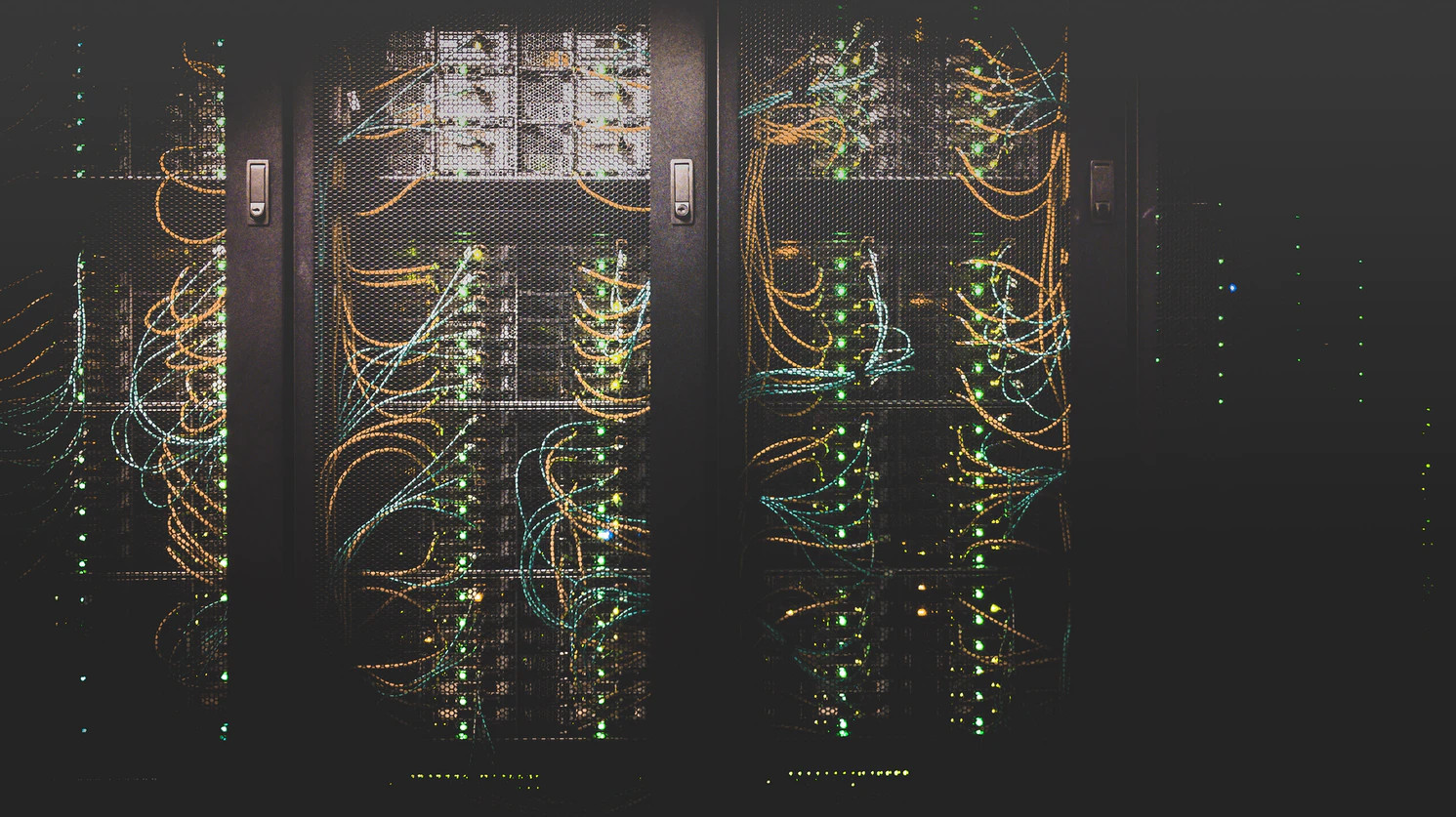Why isn't anyone signing up?
Posted on .
Four years ago, we wrote a post right on this very blog about how our growth was exponential. Indeed, things looked rosy back then, when we were beset with unbridled optimism for the growth prospects of IMGZ. After all, getting four users in one day (up from zero) can only rightly lead you to extrapolate to trillions of users in a month.
Since then, though, things have flattened out. In four years, we managed to retain a measly 30 users, 5 of which are friends and family, and the rest I'm not even sure if they even paid anything, because IMGZ costs like $10 a year so I really need to squint to see any money in the bank.
Meanwhile, server costs keep climbing. Our crumbling infrastructure costs a pretty penny to maintain, and lately we've been hit by an additional calamity: Spam bots decided to abuse our signup system, and rack up email provider bills for emails sent to sign up. This increased our hosting costs tenfold, from $2/mo to $20/mo.
Finances
Now, I'm no accounting wizard, but if you make $5/mo and have to pay $20/mo, that doesn't sound like the first number is larger than the second number, so the situation sounds dire. Sure, we could all go get some high-paying job at a fancy FAANG firm, but then we'd have to make the compromise of having to hide how hostile we are to our users. At least the amount of hostility towards them wouldn't change, but that's a small comfort.
Instead, we need to take drastic measures, and do some dreaded product development. It seems like that dark day has come, where we need to talk to our users.
Instead of finding some people who use IMGZ, we have to find users who don't use IMGZ and ask them why not. The rationale behind this is that the users who use IMGZ are already paying, so they have no more money left for us to extract, while users who aren't using IMGZ are a veritable font of untapped potential that can increase our valuation by $100.
P R O D U C T
So, we're doing the best thing a developer with zero social skills can do to reach out to customers: Writing a blog post.
Dear non-customers, why aren't you using IMGZ and paying us for the privilege? Is it the copy that tells you to get lost and never sign up for the service? Because we do mean that, but apparently some people have stuck around long enough to get Stockholm syndrome and now quite enjoy the experience. Is it the subpar image delivery? We could do something about that, but it sounds like too much trouble.
Please email us at, well, [email protected], since I never bothered setting up an imgz.org email address, and tell us why you aren't using the service. I'm sure that, out of the three people who read this post, at least one will bother.
I don't know if we're planning on doing anything with the feedback, but, if it sounds good, why not? It might be fun to add some nice new features.
Okay well see you around!






